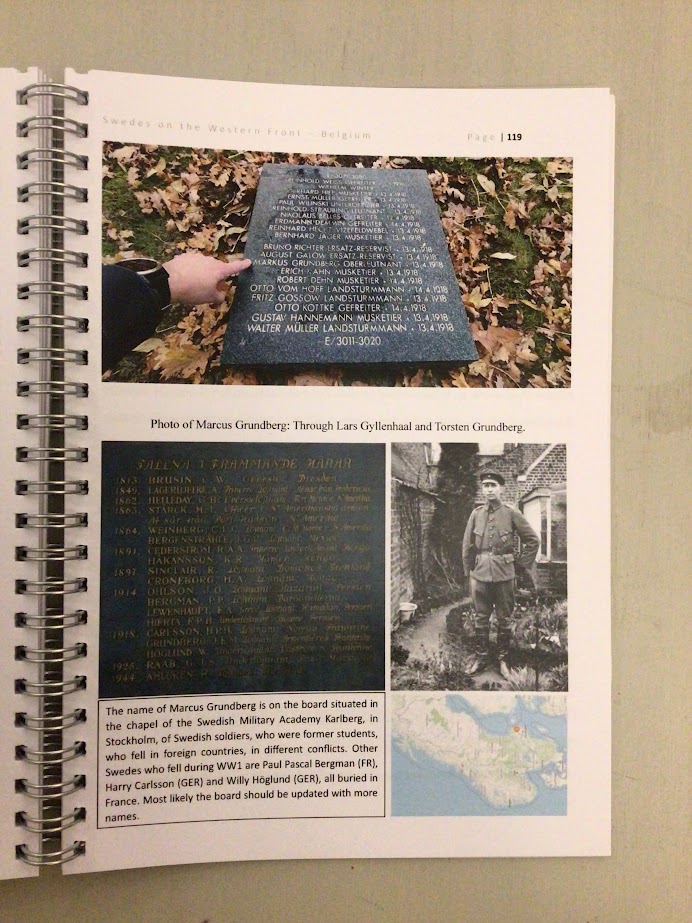In my research I often find information about American soldiers who were born in America by Swedish parents who immigrated during the late 19th century.
Many of those who fell in the Great War were brought back from the temporary cemeteries in France or Belgium to American cemeteries. I find those cases interesting as well, as I can follow their different backgrounds. I have also found quite many Swedish related American soldiers, with parents born in America, and in their turn with parents born in Sweden.
It would be really interesting to find out how large part of the American soldiers who fought in the Great War, who has Swedish grandparents as well. That would open an another part of the Swedish history related to the Great War. Maybe they are many more than expected?
Below you will find some information about one American officer, 1st LT Albert Emanuel Johnson, born in Connecticut, USA, by Swedish parents, mother Ida E Johnson and Charles J Johnson.
Charles was born as Karl Johan, most likely born June 30th, 1870, in Risinge, Östergötland, Sweden, and Ida was born as Ida Charlotta Emanuelsdotter, on November 20th, 1868, in Våthult, Jönköping.
Albert’s father, Karl Johan, emigrated with his family in 1880, and Ida emigrated with her brother Peter in 1886.


Albert fought for the 102nd Infantry, 26th Division, American Expeditionary Forces, and fell in May 8th, 1918. Below you will find a text from an American newspaper from June 11, 1918, that describes the last hours of Albert E Johnson.


Albert died of his wound and was initially buried near Sevastopol Farm Cemetery near Bruley, France, and was later on brought to St Mihiel American Cemetery, south-east of Meuse-Argonne region in France.
He was later brought home to American on June 6, 1921, and are today buried at Collinsville Cemetery, Collinsville, Hartford County, Connecticut, USA.

Even if the text in the article above mentioned that he would be awarded the Distinguished Service Cross, I haven’t been able to find any information about that yet. May Albert rest in peace.








